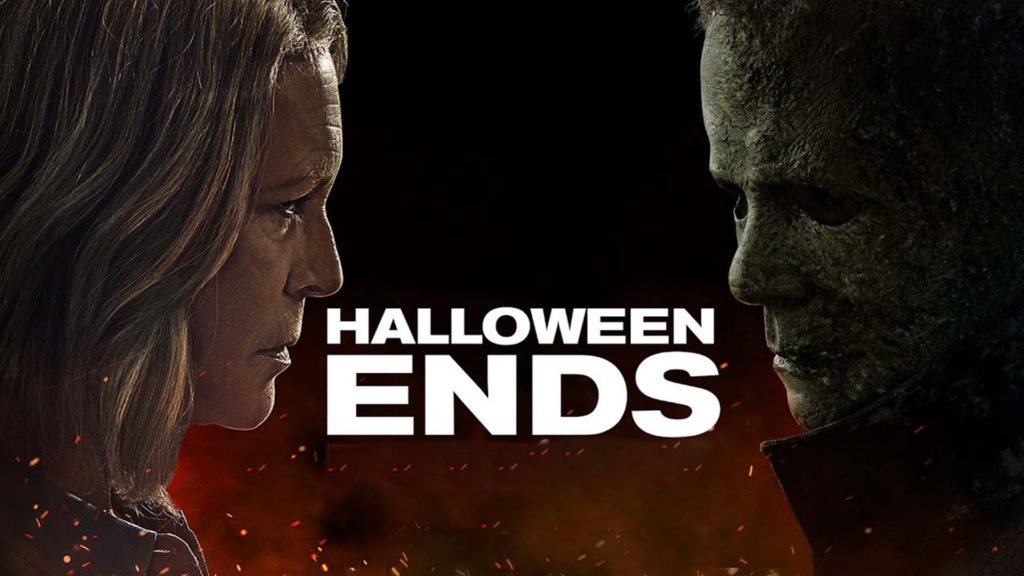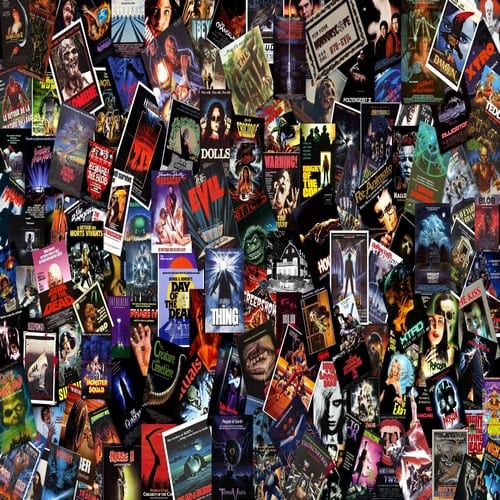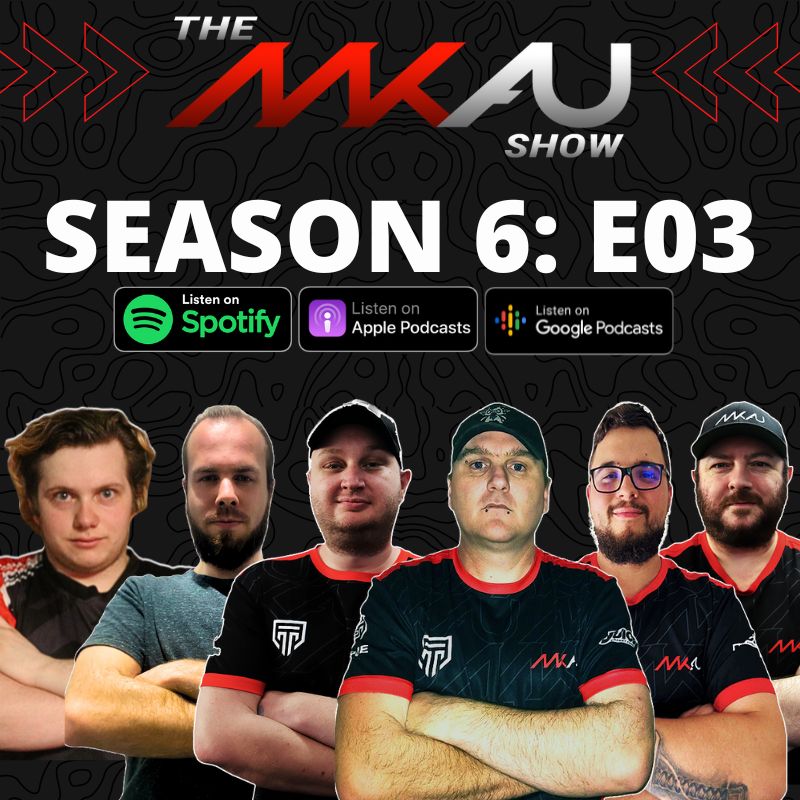
Michael Myers has been an icon in the horror genre for close to 50 years, for better or worse. Equally as prominent is the girl who lived, Laurie Strode, whose rivalry with the masked slasher has consumed the entire town of Haddonfield with fear, death, and despair in the process. This latest film from Universal studios and Blumhouse Productions will wrap up the recent trilogy that brought Jamie Lee Curtis back into the fold after retconning everything that happened after the original film. To allow for explanations for certain themes or feelings towards the film, this review will venture into spoiler territory.
With a four-year gap between the events of ‘Halloween kills’ and where ‘Halloween Ends’ begins, a reintroduction to life in Haddonfield sees Laurie and her granddaughter, Allyson, trying to embrace a normal lifestyle. Laurie has begun to process her trauma through memoirs of her problematic journey and how it shaped her into the vengeful and gun-toting mess we met back in 2018’s ‘Halloween’ soft reboot. The town of Haddonfield, who are also looking to turn things around from the violent and chaotic mess that they were worked into in ‘Halloween Kills,’ have since shifted their anxiety fuelled angst on a brand-new character, Corey Cunningham, played by Rohan Campbell.
Corey, a young and well-put-together individual, is wrapped up in a horrifying accident that saw the death of the child he was babysitting, and there is some damning evidence stacked against him. This course of events has stained the perception he had of the town, and as such, he has spent years in the shadows, head down and berated over being set free. His infamy weighs heavy, and Laurie is the one to throw him a lifeline early on, knowing all too well the feeling of being ridiculed and ostracised. Allyson, despite being, let’s say, playfully encouraged by Laurie to spend time with him, seemed to fall right into the lap of Corey from the get-go with very little hesitation.

This wasn’t too much of a concern initially with the introduction of Corey, given the marketing plan of the film, I was preparing for a Michael-heavy showdown that pushed Laurie to the end of her tether, and having a love interest for Allyson could raise the stakes across the board. This idea was continually pushed from centre stage, however, as we began to explore the themes of the town creating its own monster. From the beginning, it was established that Michael Myers, to his core, was pure evil. As Laurie alludes to in her narrative-driven memoirs and ideals, evil can also be an external influence, and Corey is used as a vessel to harbour the town’s fear and hatred caused by Michael Myers.
In terms of a narrative, this isolated form of storytelling can be a compelling direction, it just feels so out of place to interject this into the final movie of a trilogy that was put together to see Michael and Laurie have at it one last time. By the time Michael shows up almost halfway into the film, he has a vaguely supernatural connection with Corey, and again, I am left to wonder which category they want him to fit into. The retcon of the previous films displaced the idea of supernatural themes, and the last films were trying to solidify that the scariest thing about Michael was that he was human and that anyone could be him.
To expand on the direction this took, I could see the value of wanting to capitalise on the universe that was created and exploring the possible transitions, this led to the more creative portions of the film. Corey, again taking centre stage, fell from grace at a blistering pace as he sloppily enacted his revenge tour. The parallel between the messy, unhinged killer and the “professional” was shown by Michael himself, with his trademark silent yet dominating presence evoking terror in his victims as he paid tribute to memorable kills from the previous films. Taking more of a tasteful nod to horror films of old, the reliance on turning the viewers’ anticipation into their own enemy was played out well with lingering scenes that had me scouring the scenery to see if I could find someone hiding in the background.

There was also a blend of attacks and kills that were off-screen, or the silhouettes of the actions in play were well executed by the cinematography team. The dying brown leaves dancing across the streets in the wind and muted colour schemes helped to sell the atmosphere and the bleak and unsettling tones carried out in the night before ripping it all away and leaving you in a drowning silence were able to elicit emotions on their own. While the musical score followed the theme of previous films, the twisted and manic style they used for Corey didn’t offer the same chills I get from the original piano tune we all know and love.
The feeling of the ‘Halloween’ aesthetic was arguably the strongest achievement, even going as far as to make the abandoned home of the child’s family that Corey had the misfortune with at the start of the film act as a haven for him, which mimics the ideal that Michael had the same connection with the home where he murdered his sister. The suburban streets of Haddonfield were just as creepy as they were in the original film and kept the viewer on their toes for potential jump scares that could arise at any given moment.
By the time they managed to steer the movie back towards Laurie and Michael, the clash of two-story lines felt a little too late. The history of these two was enough to justify the gripping conclusion, the wind was knocked out of their sails, however, as the majority of the run time was spent focusing on Corey being the new big bad. Other characters, such as Allyson, seemed to falter as well, as they were flat-out unable to see the gigantic red flags that were waving in front of her and regressed to conflicts with Laurie, contradicting the growth she had in the first two films.
Halloween Ends may very well be the end of the Michael Myers and Laurie conflict. The overarching theme of evil coming from internal and external influences rages on and leaves the direction of the franchise open, as evil can take on many shapes. The feeling of it felt like a supplanted plot line, and while compelling in its own rights, did get in the way of what should have been a thrilling conclusion that saw Laurie take centre stage, however, it didn’t dampen the outcome with a definitive result eventuating before the credits rolled.

The Good
- Haddonfield was it’s creepy self again with well crafted atmosphere
- Stylistically framed scenes paid tribute to horror films of old
- Themes of how perception and human nature can shape their own monsters was a compelling narrative in its own right
- Definitive conclusion
The Bad
- The bulk of the film is spent on introducing a new element rather then concluding the trilogy
- The speed at which certain characters abandon their character traits was concerning
- Ambiguous supernatural element was introduced and then abandoned immediately leading me to again wonder if they want Michael Myers to be a human slasher or supernatural inspired








